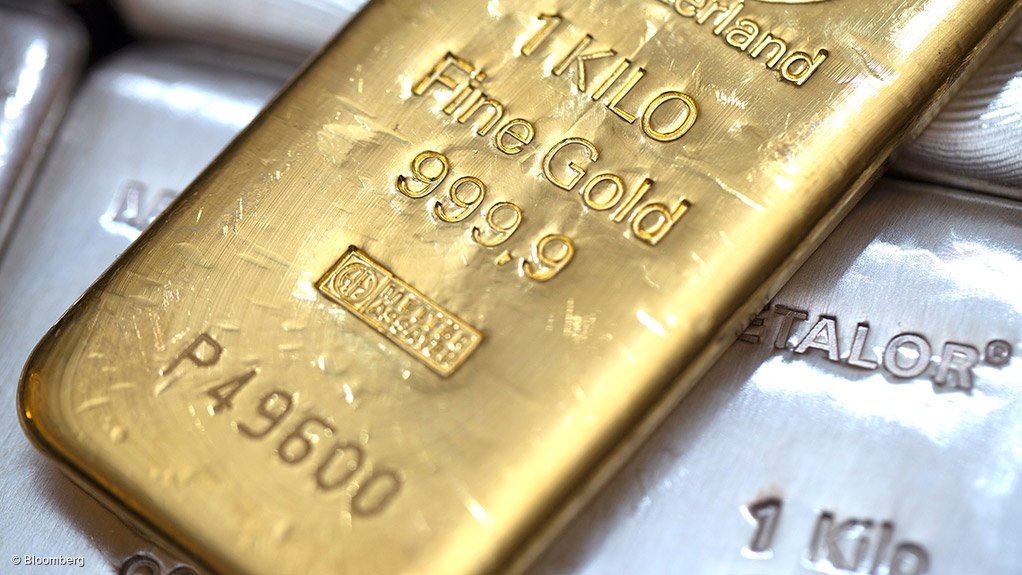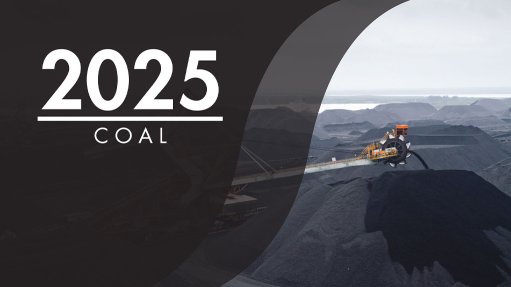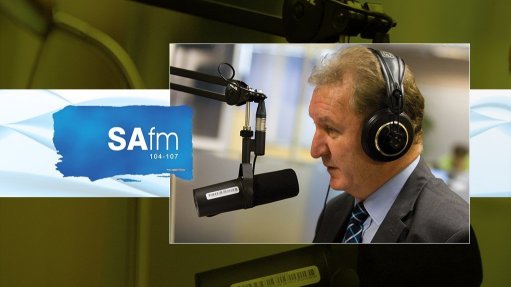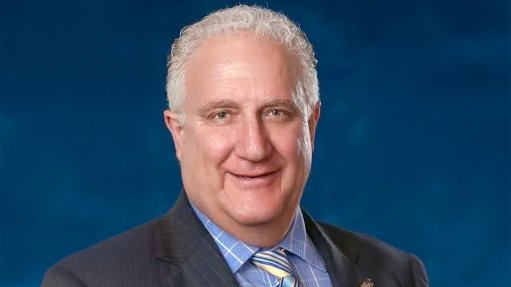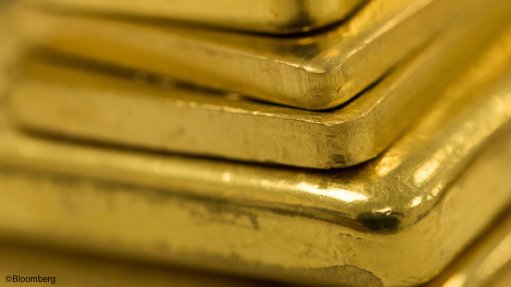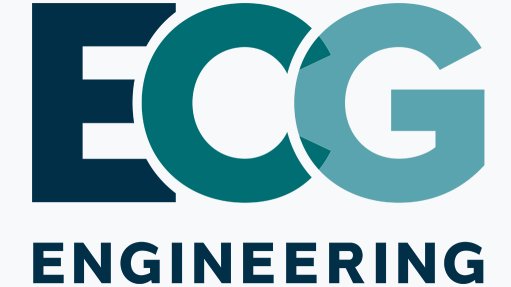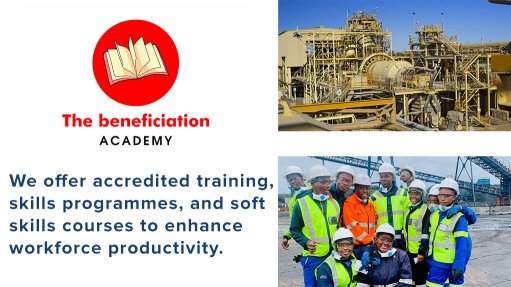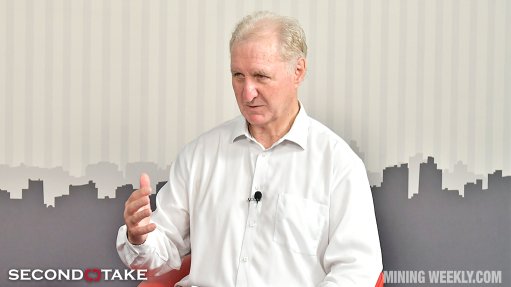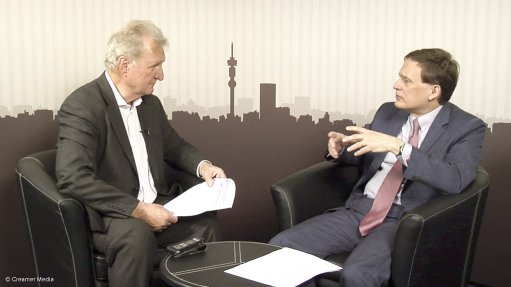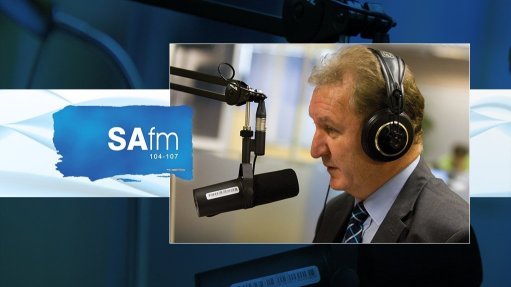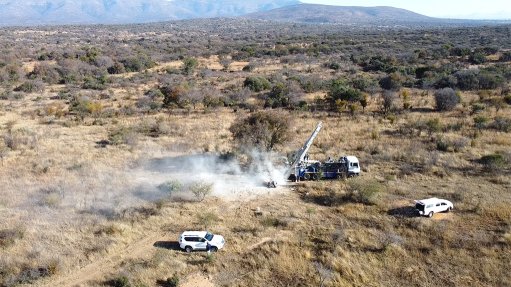Central banks support gold; silver ETFs surge; platinum faces cost and trade challenges – report
Central banks continue to underpin gold demand, while investors are seeing value in silver as well, precious metals trader Heraeus said in its latest precious metals appraisal published on July 7.
According to the appraisal, central banks added a net 20 t of gold to their reserves in May. The largest contributors to this accumulation were Kazakhstan, Türkiye and Poland.
While the overall pace of buying has moderated slightly, sentiment remains robust, with 95% of surveyed central banks expecting global gold holdings to increase and a record 43% planning to boost their own reserves.
This trend highlights a structural evolution in reserve management practices, marked by a clear diversification away from the dollar and an intensifying preference for gold as a hedge against geopolitical tensions and inflationary pressures, Heraeus said.
Notably, central banks have added more than 1 000 t/y of gold to their reserves for three consecutive years, which is well above the long-term average.
Heraeus noted that this sustained demand has likely been a key factor supporting the gold price, especially as historical correlations between gold and other assets have diminished.
Previously, gold and the US Treasury ten-year bond yield shared a strong negative correlation. However, this relationship has decoupled amid persistent central bank buying.
Over the past 18 months, bond yields have largely moved within a range of 3.5% to 5%, while gold prices have surged from about $2 000/oz to nearly $3 400/oz.
Looking ahead, Heraeus expects ongoing central bank purchases to remain a critical driver of gold price performance through the remainder of this year, contingent on continued preference by emerging market banks for gold over alternative reserve assets.
As of last week, the gold price held above the $3 250/oz level, consolidating after its sharp ascent earlier in the year.
Silver, too, has drawn significant investor interest. Heraeus reported that, since the start of June, net inflows into silver-backed exchange-traded funds (ETFs) totalled 990 t as of July 4. The majority of these inflows, about 509 t, coincided with a strong price rally in early June. Subsequent movements have reflected more opportunistic trading as the price stabilised above $36/oz.
Since June 14 alone, investors have added a further 426 t to ETF holdings.
This accelerated investment has accounted for more than half of all net inflows into silver ETFs so far this year. As a result, total holdings have reached their highest levels since August 2022, exceeding 24 000 t of silver, with an aggregate value of $28.5-billion as at July 4.
Heraeus noted that silver remains historically undervalued in comparison to gold, with a current gold-to-silver ratio of 90.3. Should silver prices continue to appreciate, further ETF inflows may follow as investors speculate on a reversion toward the ten-year average ratio of 80.2.
The silver price closed last week at $36.91/oz, its highest weekly finish in the current rally.
In the platinum sector, producers are targeting deeper cost efficiencies. Impala Platinum last week announced the formal consolidation of its Impala and Royal Bafokeng Platinum (RBP) operations in South Africa. The move follows Impala’s acquisition of RBP in 2023 and is intended to unlock operational synergies and reduce unit costs across the adjoining sites.
During the second half of 2024, the RBP shafts achieved profitability, supported by a 2% year-on-year reduction in costs driven by labour restructuring and improved cost controls.
Similarly, Impala’s own cost discipline, including reduced average labour costs, helped manage expenditures, although overall mining inflation led to a net increase in year-on-year costs.
Heraeus said further efficiencies were attainable owing to the geographical proximity of the operations. Potential gains could come from accessing ore through optimally located shafts and implementing more strategic ore blending during concentration.
Meanwhile, a recent uptick in the South African basket price is also expected to support profitability in the short term and alleviate strain on higher-cost operations.
The platinum price rose for a fifth consecutive week, closing at $1 394/oz last week, which was the highest weekly close of the current rally.
Price movements were volatile, with intraweek swings of up to $50/oz. Technical indicators show increasing divergence between price and momentum, as measured by the relative strength index, suggesting the potential for a period of consolidation following the recent surge.
In the automotive market, the passage of the US budget bill last week introduced new dynamics for platinum group metals (PGM) demand.
Further, from September, tax credits for certain battery electric vehicles (BEVs) will be eliminated. Heraeus noted that while this change could superficially benefit demand for PGM-containing autocatalysts as BEVs become less affordable, greater risks loomed in the form of impending automotive tariffs.
US light vehicle sales grew year-on-year in the second quarter of this year but declined compared with the first quarter, partly owing to weaker advance buying ahead of anticipated tariffs.
From this week, 25% reciprocal tariffs are scheduled to be reinstated on automotive imports from countries without a trade agreement with the US. This is expected to further increase vehicle prices in an already strained consumer environment.
The average monthly auto loan payment reached $745 in the first quarter, up from $737 a year before, with more than 17% of new loans exceeding $1 000 a month, up from 16% in the first quarter of 2024, according to Experian.
Heraeus forecasted that US palladium demand in the automotive sector would remain slightly below one-million ounces this year. However, if rising prices further dampen vehicle sales, this outlook may come under pressure in the second half of the year.
These dynamics may also constrain secondary palladium supply from recycled autocatalysts.
As new car affordability declines, used-vehicle prices have climbed owing to falling inventories. Consumers increasingly reliant on second-hand cars may delay scrapping older vehicles, thereby limiting the availability of recyclable PGM material.
Last week, palladium prices ended at $1 136/oz, down from a mid-week peak of $1 165/oz.
In the hydrogen mobility space, Heraeus reported that Honda had scaled back and delayed its planned hydrogen fuel cell manufacturing facility in Japan, citing shifting conditions in the global hydrogen market. Originally intended to produce 30 000 fuel cell units a year from 2028, the revised plan now limits production to 20 000 units a year, with no confirmed start date.
Although hydrogen fuel cell vehicle sales initially grew, they declined last year, facing challenges in competing with BEVs on both cost and vehicle availability.
Fuel cells predominantly use platinum and ruthenium, while proton exchange membrane electrolysers rely on platinum and iridium. Ruthenium demand from fuel cells currently represents less than 5% of total demand and is expected to remain limited through the remainder of the decade.
Nevertheless, the ruthenium price rose last week, surpassing $800/oz for the first time since 2007. Iridium, by contrast, remained unchanged week-on-week.
Article Enquiry
Email Article
Save Article
Feedback
To advertise email advertising@creamermedia.co.za or click here
Press Office
Announcements
What's On
Subscribe to improve your user experience...
Option 1 (equivalent of R125 a month):
Receive a weekly copy of Creamer Media's Engineering News & Mining Weekly magazine
(print copy for those in South Africa and e-magazine for those outside of South Africa)
Receive daily email newsletters
Access to full search results
Access archive of magazine back copies
Access to Projects in Progress
Access to ONE Research Report of your choice in PDF format
Option 2 (equivalent of R375 a month):
All benefits from Option 1
PLUS
Access to Creamer Media's Research Channel Africa for ALL Research Reports, in PDF format, on various industrial and mining sectors
including Electricity; Water; Energy Transition; Hydrogen; Roads, Rail and Ports; Coal; Gold; Platinum; Battery Metals; etc.
Already a subscriber?
Forgotten your password?
Receive weekly copy of Creamer Media's Engineering News & Mining Weekly magazine (print copy for those in South Africa and e-magazine for those outside of South Africa)
➕
Recieve daily email newsletters
➕
Access to full search results
➕
Access archive of magazine back copies
➕
Access to Projects in Progress
➕
Access to ONE Research Report of your choice in PDF format
RESEARCH CHANNEL AFRICA
R4500 (equivalent of R375 a month)
SUBSCRIBEAll benefits from Option 1
➕
Access to Creamer Media's Research Channel Africa for ALL Research Reports on various industrial and mining sectors, in PDF format, including on:
Electricity
➕
Water
➕
Energy Transition
➕
Hydrogen
➕
Roads, Rail and Ports
➕
Coal
➕
Gold
➕
Platinum
➕
Battery Metals
➕
etc.
Receive all benefits from Option 1 or Option 2 delivered to numerous people at your company
➕
Multiple User names and Passwords for simultaneous log-ins
➕
Intranet integration access to all in your organisation



